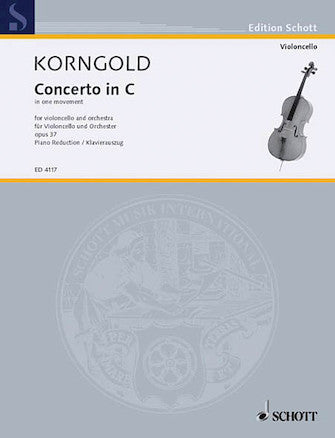


These days, agents and publishers will request manuscripts to be submitted electronically. Don’t forget to do one last spell check before printing.Don’t restart page numbers with each new chapter.Don’t place extra lines between your paragraphs.Justifying creates uneven spacing between the words that makes it harder to read. Use the format paragraph feature of your word processor. the telephone number, email address, and mailing address of the corresponding authorĬheck the journal’s website for the current editor’s name and for any other journal-specific information to include in your cover letter.How To Indent First Line (MS-Word) Mistakes to Avoidīe sure your manuscript doesn’t contain any of these common pitfalls:.a copy of any permissions to reproduce copyrighted material or a notice that permissions are pending (for more information, see Sections 12.14–12.18 of the Publication Manual).
MANUSCRIPT TITLE PAGE EXAMPLE VERIFICATION

The cover letter should be addressed to the journal editor any interim correspondence is addressed to the editor or associate editor with whom you have been in communication. The cover letter is typically uploaded as a separate file into the online submission portal for the journal (for more information on using an online submission portal, see Section 12.10 of the Publication Manual). All authors should decide prior to submission who will serve as the corresponding author.Īuthors usually must include a cover letter when they first submit their manuscript to a journal for publication. Although any author may correspond with the journal editor or editorial staff, most correspondence is handled by the corresponding author, who serves as the main point of contact and responds to questions about the published article. For more information on the peer review process and possible manuscript decisions, see Section 12.7 of the Publication Manual.īecause cover letters are separate documents from the manuscript file, all correspondence during the publication process must include the complete manuscript title, the authors’ names, and the manuscript number (assigned by the journal when the manuscript is first received). Most often, a cover letter is needed when authors initially submit their manuscript to a journal and when responding to reviewers during an invitation to revise and resubmit the manuscript. The cover letter is a formal way to communicate with journal editors and editorial staff during the manuscript submission process.


 0 kommentar(er)
0 kommentar(er)
